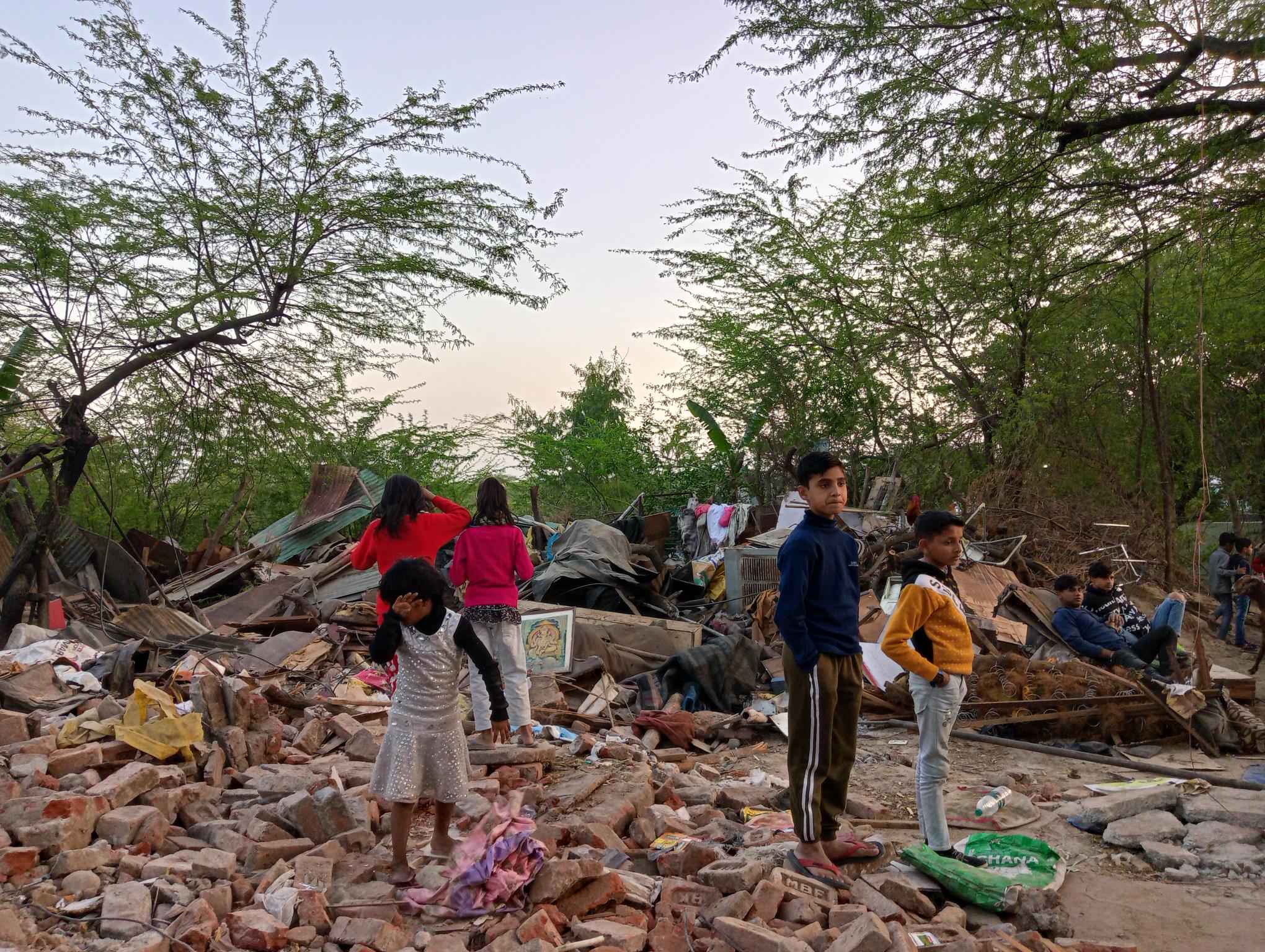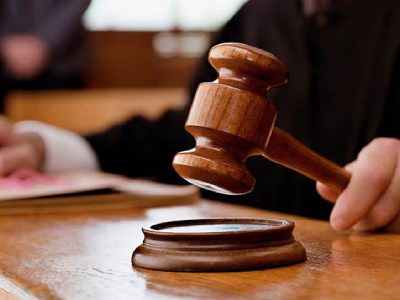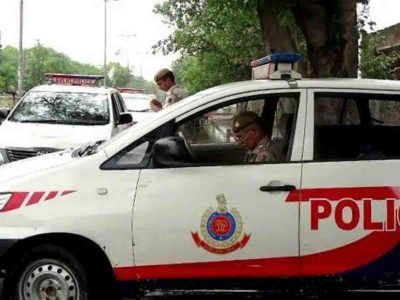The recent demolition drives in the Capital have made thousands homeless and attracted criticism from various quarters. Mukta Joshi, a legal research lead with Land Conflict Watch, spoke to Patriot on the matter.
Excerpts from the interview:
Why has there been a spate in demolition drives in New Delhi?
Basically, a bunch of court cases were going on for a few years regarding these sites like the Mehrauli Archaeological Park and Tughlaqabad Fort. The Delhi High Court directed the authorities to remove these encroachments. These sides host a lot of protected monuments. These cases have been going on for many years and the slums that are being demolished have been there for many years with the tacit approval from the government. Suddenly the authorities (MCD and DDA) announced a beautification drive ahead of G20 Summit, reclaiming the land for improving these areas. Hence these drives have intensified.
Which parts of Delhi are likely to be impacted by these demolition drives?
The Mehrauli-Ladha Sarai area, the Yamuna-Khadar Basti near the Yamuna flood plains, Moolchand Basti, Tughlakabad area, Dhaula Kuan and some shelters near Kashmiri Gate are the few areas where demolition drives have been carried out or would be carried out in the coming days. Some slums in Mayur Vihar and Punjabi Bagh might also be included. Notices have also been served in Dhaula Kuan.
How many people are estimated to have been impacted?
Till now 1,600 homes have been demolished. As per the available reports and estimates about 2,50,000 people are expected to be affected by this.
What is the major land conflict at the Mehrauli Archaeological Park?
The court case regarding land that falls within the Mehrauli Archaeological Park has been going on since 2015. The court had ordered the authorities to survey the area since 2015, remove encroachments and secure the area to prevent further encroachment. Despite repeated court orders since then, there was inaction on part of the authorities. But now that the G20 is approaching, the demolitions are being carried out. We are also aware that there’s a heritage walk scheduled near the Mehrauli Archaeological Park area for the G20 delegates. A number of apartment buildings are also affected by these eviction notices and have demanded a fresh survey to be carried out.
In Sudama Singh & others vs Government of Delhi 2010, the Delhi High Court stated that before any eviction, a rehabilitation plan should be drafted in consultation with the ‘persons at risk’. Was there any rehabilitation plan drafted before these drives?
The law says that rehabilitation has to be done prior to any eviction. The Delhi High Court in 2010 also said that if rehabilitation is not done prior to eviction, then it is a violation of the fundamental Right to Shelter, enshrined in the Article 21 of the Constitution. But no rehabilitation surveys or measures have been taken.
What does the law say? Does it call for a prior rehabilitation plan or rehabilitation of people before eviction?
Both of these need to happen. The policy (Delhi Slum and Jhuggi-Jhopri Rehabilitation Resettlement Policy, 2015) says no slum constructed before 2006 can be demolished. If any slum constructed before 2015 is demolished, prior rehabilitation is necessary. Also, if any slum is encroaching on a public utility area like a park or a street or a footpath, then it can be removed. However, the Delhi Urban Shelter Improvement Board (DUSIB) needs to make all the efforts to rehabilitate the families. In the case of Tughlakabad, the court itself ordered authorities in February to conduct meetings and prepare a rehabilitation plan for the affected people. Later, it directed them to remove encroachment, but we can see that only that part of the order has been followed. They have removed encroachment but there is no mention of any rehabilitation plan or measures.
How are legal loopholes used by authorities to circumvent these orders and policies?

I wouldn’t call it a loophole. The problem arises when residents face targeted and disproportionate action in cases of “unauthorised construction” or occupation of government land. These people have actually paid lakhs for this land. For example, in the Tughlakabad case, people claim to have paid about Rs 10,000-20,000/square metre to Archaeological Survey of India officials and policemen. They had these addresses on their Aadhar cards. They have electricity connections. They get water from the government. So, in that sense, there’s a tacit approval from the government. Rather than a legal loophole, the issue is that the government was aware of their existence. They ignored it and even facilitated it. The government knows that they’ve been there for decades and suddenly it turns around and says, this is our land.
What kind of legal recourse is available? (only for online)
Ans: In Tughlakabad, some families claim that the [demolished] land was allotted to them under the Pradhan Mantri Awas Yojana. They have certificates of ownership of that land. Through the Mazdoor Awaz Sangharsh Samiti, they had approached the Supreme Court, seeking a stay. But the court refused to stay the demolition. Technically yes, they do have legal recourse. They can definitely demand rehabilitation in accordance with the law. But aside from that, the issue is that the electricity bill and the address proofs and other documentation definitely prove that these people lived there but it doesn’t really prove their ownership of the land. On the revenue records, most of this land still belongs to the government.
The UN has given some guidelines before such demolition drives. What do these guidelines say? (only for online)
These guidelines serve as directing principles, and should be followed because the High Court in the 2010 (Sudama Singh & others vs Government of Delhi) judgement also relied on these guidelines. These direct the authorities to show that eviction was unavoidable. All other options have been exhausted. Even if authorities decide to evict people, it shouldn’t leave the people homeless. Affected people should be consulted in the planning process prior to evictions. None of these principles have been followed. It mentions that people should be given time to collect all their belongings, the demolition shouldn’t take place in an inhumane manner.
It also mentions what kind of rehabilitation needs to be offered, the adequate facilities that should be there, like running water, sanitation, nearby schools and hospitals etc. None of these were followed.





